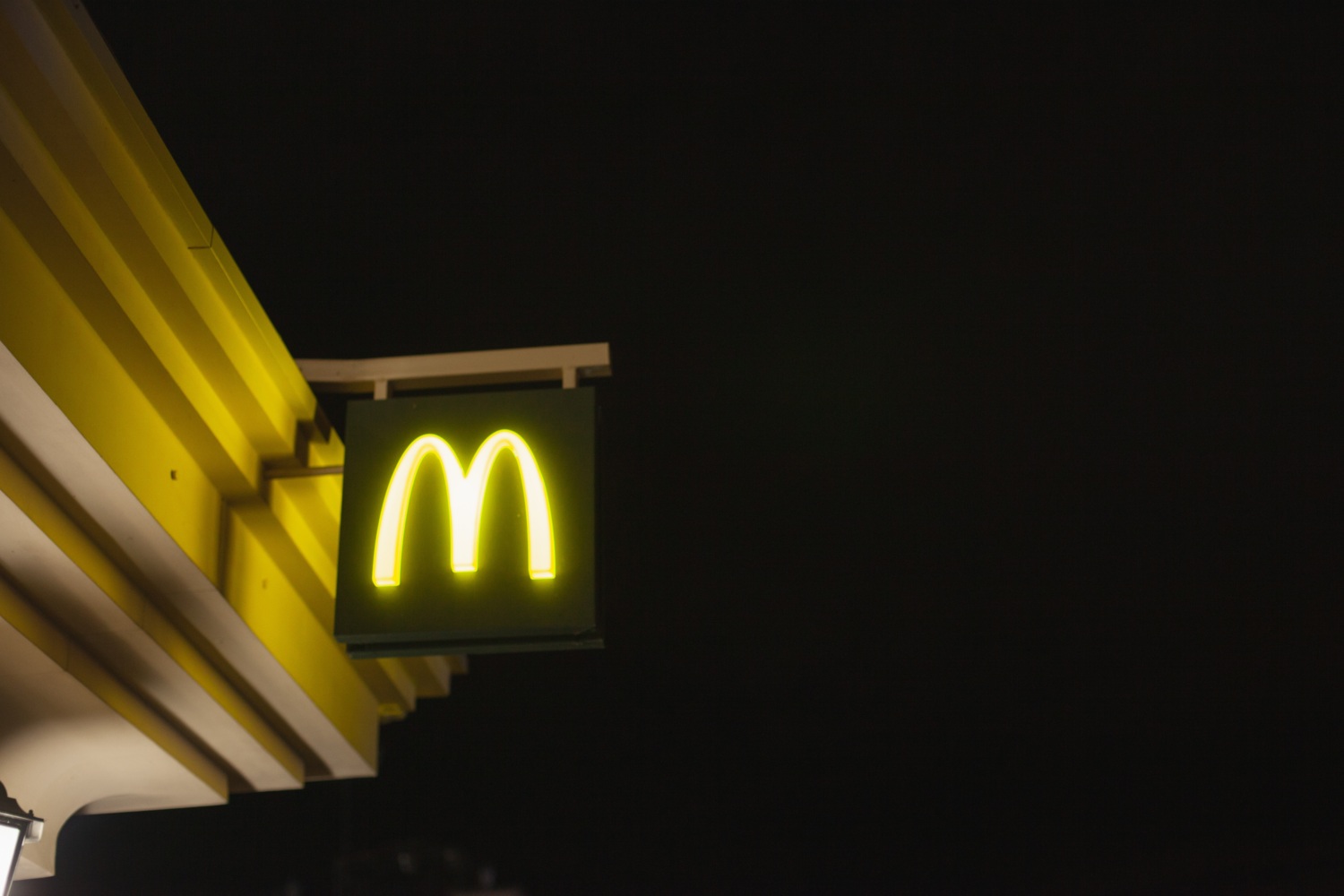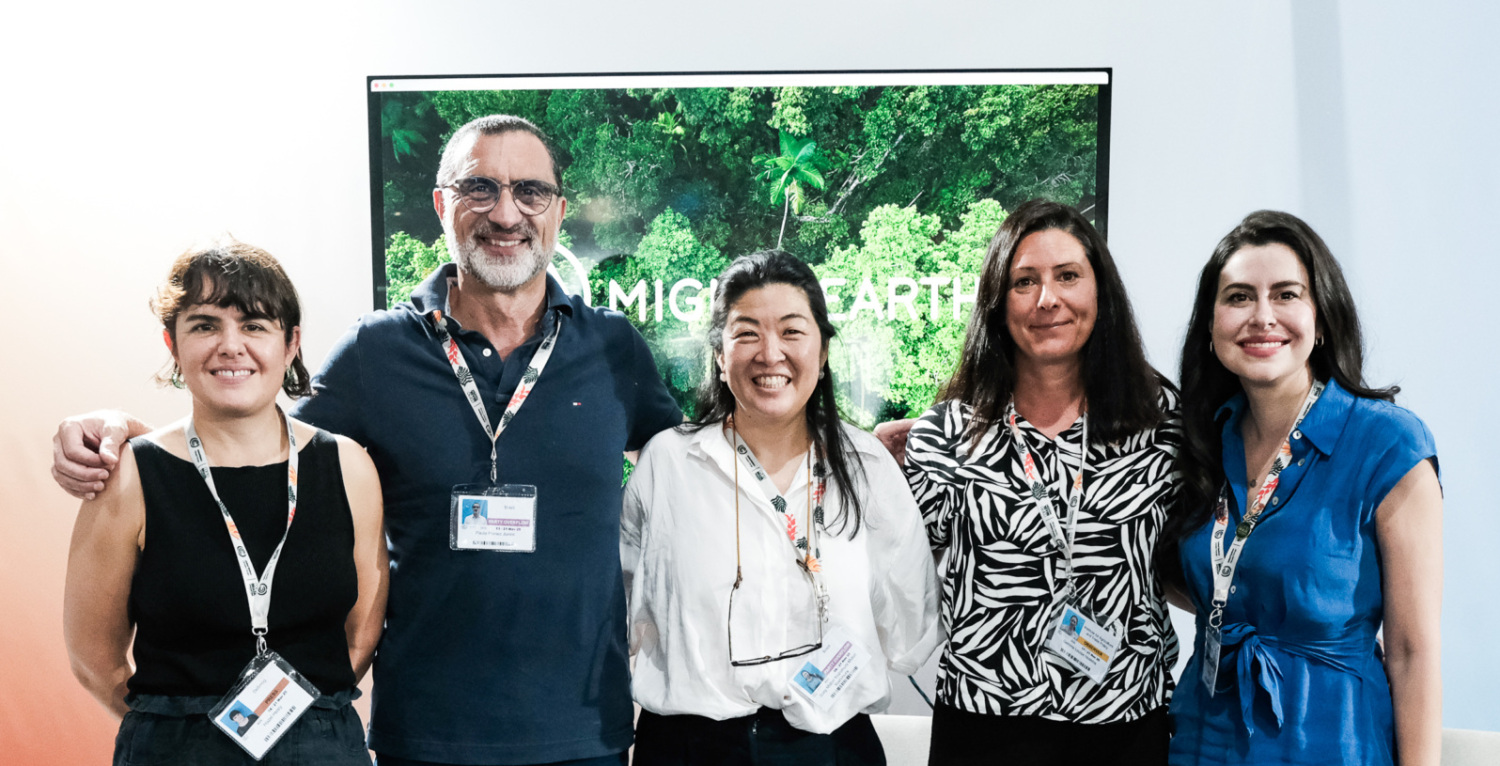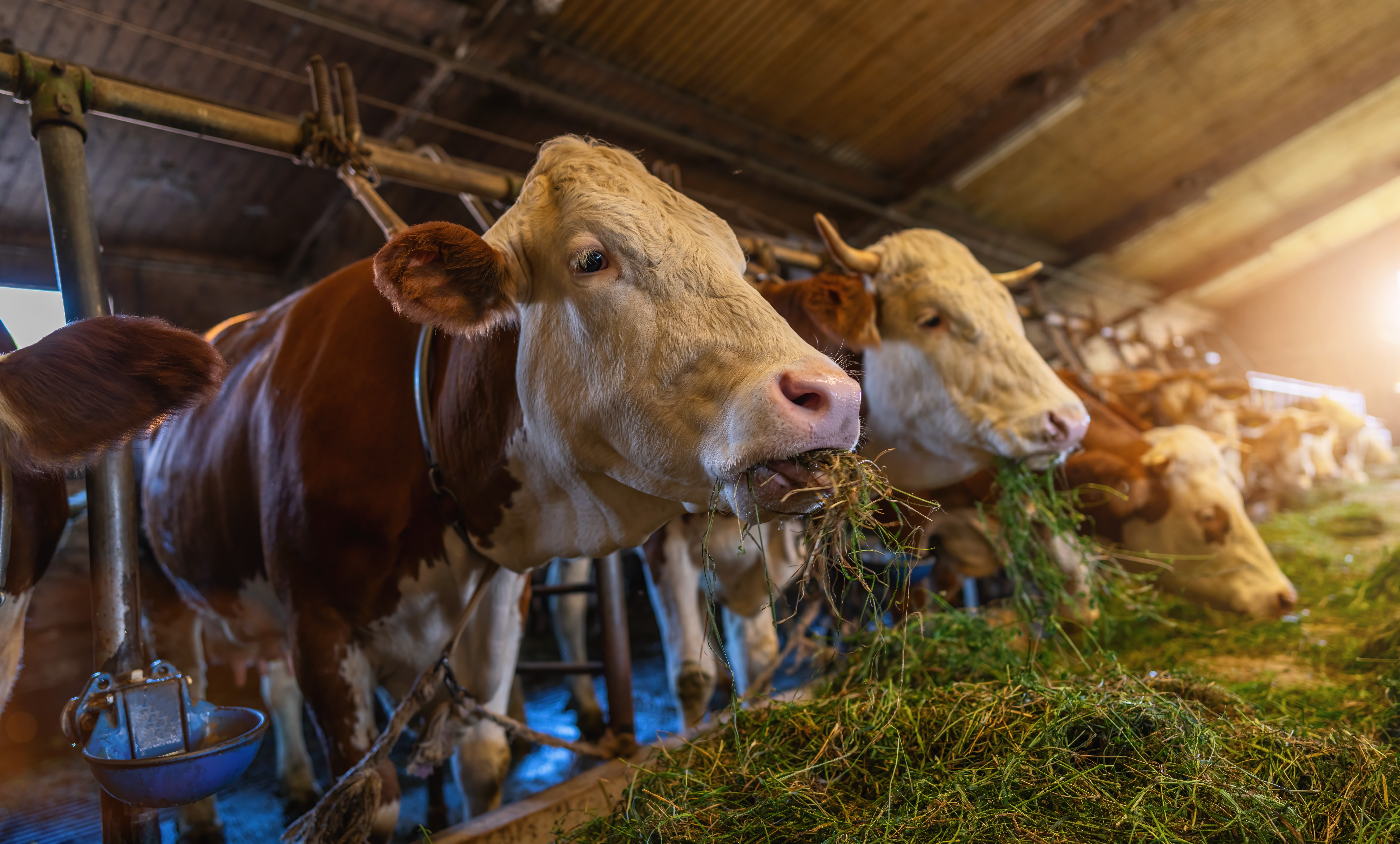
7 EU NGOs Call on the EU Commission to include leather as a key forest-risk commodity in new deforestation law.
Cattle ranching is the largest driver of deforestation in the Brazilian Amazon – while most of the beef is produced for domestic consumption, nearly 80% of the leather is exported, mainly to the EU.
Hence, today 7 NGOs write to EU Commissioners, Frans Timmermans, and Virginijus Sinkevičius urging them to ensure that leather is also considered as a key forest-risk commodity in the upcoming EU law to halt #deforestation, so that its imports are regulated!
Dear Vice President Timmermans, dear Commissioner Sinkevičius,
Re: Ensuring that the EU is not driving deforestation through the unregulated import of forest leather
We are writing to urge you to ensure that leather is kept as a key forest-risk commodity in the upcoming EU law to halt deforestation and forest degradation. Cattle is the number one driver of deforestation of the world’s tropical forests, and leather is intrinsically linked to this production.
The Amazon is currently bracing for what experts warn may be one of the most dramatic fire seasons for decades, after a year of record-breaking deforestation.1 Cattle ranching is the largest driver of deforestation in the Brazilian Amazon2 and while most of the meat is produced for domestic consumption, nearly 80 percent of the leather is exported.3 This represents both opportunities and responsibilities for importing countries to influence the cattle ranching trade so that it becomes more sustainable and free from deforestation.
While parts of the leather industry and big brands using leather claim that it is an insignificant by- product of meat production, it is in fact a global multibillion dollar industry. The value of the Brazilian leather industry alone is estimated at over US$50 billion. Many meatpackers operate on low profit margins, and non-meat products, of which leather is a key component, can make up to 26% of large meatpackers’ incomes.4 Leather sales can therefore determine whether or not they turn a profit or a loss, and if hides cannot be sold, there will be a disposal cost. The largest meatpackers, such as JBS, also have vertical business structures, refining the leather in their own tanneries and thus increasing the value of the production and sales of leather.
The EU is a key market for leather, especially from South America. Brazilian leather is essential to the Italian tanning industry, which sees €5.2 billion in annual turnover, and accounts for 20% of the total tanning industry turnover worldwide.5 In 2021, Italy replaced China as the largest export market for Brazilian leather,6 and over 36% of all wet-blue (chrome-tanned) hides imported to Italy came from Brazil, followed by just 14% from the United States.7 Most of the wet-blue hides exported from Brazil come with a high deforestation risk, since specialised wet-blue tanneries account for six of the top ten exporting Brazilian tanneries located in the Amazon basin.8
The value of leather imports exceeds that of other forest-risk commodities imported to the EU, such as cocoa, soy, beef and palm oil. 9 Additionally, imported leather carries a greater forest-risk than these other commodities. More than 10% of raw or tanned hides imported to the EU come from the forest-risk countries of Brazil and Paraguay, with a value of US$158 million.
However, even these numbers hide the true extent of the impact of forest-risk leather on the EU market. While China is also a top market for Brazilian leather, much of it is re-exported to the EU as finished leather products, including shoes, bags, and clothes. In 2019, 13% of China’s leather imports were from Brazil and Paraguay. It can then be estimated that 13% of the $2.3 billion of leather goods entering the EU from China in that year, with a value of $279 million, also originated from a forest-risk country.10 This fact should be taken into account when designing a risk benchmarking system.
Almost half of the leather exported from Brazil is consumed by the car industry. This includes major European car producers, and EU imports of cars produced in non-EU countries. All of the top five European car manufacturers (Volkswagen Group; BMW Group; Daimler; PSA Groupe and Groupe Renault), source leather from clients of Brazilian companies linked to large-scale deforestation. Between 2019 and 2020 those companies were exposed to at least 1.1 million hectares of recent deforestation through JBS Couros, the leather branch of one of the largest meatpackers in Brazil.11
As public knowledge of the connections between leather and deforestation risk rises, sourcing leather from South American producers becomes more of a public relations challenge for European producers. Therefore, including leather in the legislation will not disadvantage the European leather industry, it will catalyse them into taking the steps they need to take anyway.
The leather industry is already primed for a shift in this direction. VF Corporation, the company that owns Vans, Timberland, The North Face, and other brands, have started boycotting Brazilian leather, following the 2019 Amazon fires.12 Customers in the automotive, fashion and furniture industries are increasingly seeking low cost, synthetic alternatives, or looking for environmentally friendly bio alternatives. If the Italian leather industry were to demonstrate its commitment to zero-deforestation sourcing practices, this could provide a competitive advantage to combat the falling value of leather.
Initiatives and commitments to become deforestation free are emerging from the sector, and traceability is a low cost solution that is already in place in key stages of the supply chains. To a large extent it is a question of adopting available policies and tools. It is important that the EU, one of the world’s largest markets, not only supports and strengthens these efforts, but accepts its responsibility for not importing deforestation leather to the EU.
Leather from the Amazon continues to carry a high deforestation risk, and yet a large percentage of this leather is imported to the EU. If the EU legislation on forest commodities were to include leather as a priority product, it would therefore drastically reduce the extent to which the EU market drives deforestation. It will also support growing initiatives to protect critically endangered tropical forest biomes, at a time when world leaders are coming together to mitigate climate change and preserve biodiversity and ecosystems.
On behalf of the signatories
Nils Hermann Ranum
Head – Drivers of deforestation team Rainforest Foundation Norway
1 https://www.reuters.com/business/environment/brazil-sees-most-june-fires-amazon-rainforest-since-2007-2021-07-01/
2 Walker, N. F., Patel, S. A., & Kalif, K. A. (2013). From Amazon pasture to the high street: deforestation and the Brazilian cattle product supply chain. Tropical Conservation Science, 6(3), 446-467.
3 Brazilian Institute of Geography and Statistics (IBGE). Animal Slaughter Quarterly Survey. https://www.ibge.gov.br/estatisticas/economicas/agricultura-e-pecuaria/9203- pesquisas-trimestrais-do-abate-de-animais.html?=&t=series-historicas
and Brazilian Beef Exporters Association (ABIEC). http://abiec.com.br/en/
4 Libera, C. Mirote, S & Horta, A. (2020). Brazil’s Path to Sustainable Cattle Farming. https://www.bain.com/insights/brazils-path-to-sustainable-cattle-farming/
5 Mammadova, A., Masiero, M., & Pettenella, D. (2020). Embedded Deforestation: The Case Study of the Brazilian–Italian Bovine Leather Trade. Forests, 11(4), 472.
6 CICB 2021. https://cicb.org.br/cicb/dados-do-setor
7 UN Comtrade, https://comtrade.un.org/data/
8 Rainforest Foundation Norway. (2021). Driving deforestation: The European automotive industry’s contribution to deforestation in Brazil. https://d5i6is0eze552.cloudfront.net/documents/Publikasjoner/Andre-rapporter/Driving_Deforestation_16_June-compressed.pdf?mtime=20210617202546
9 UN Comtrade, https://comtrade.un.org/data/.


